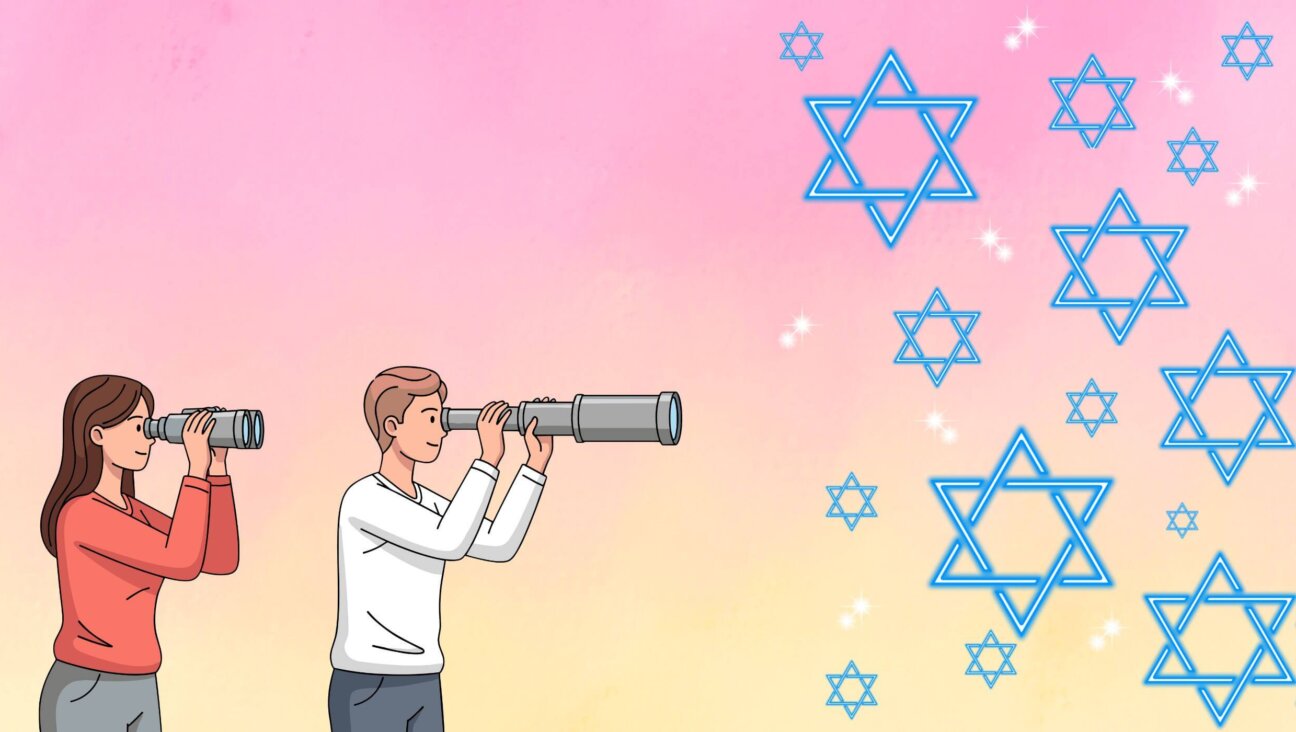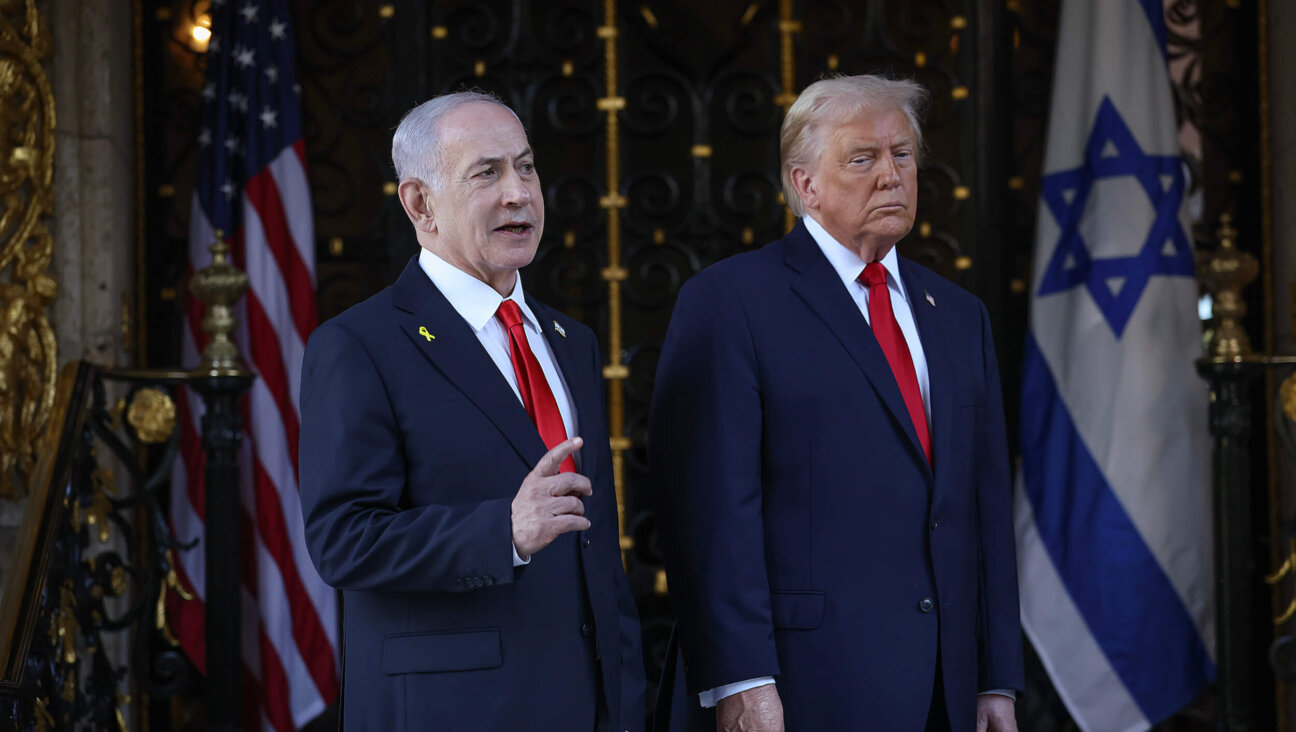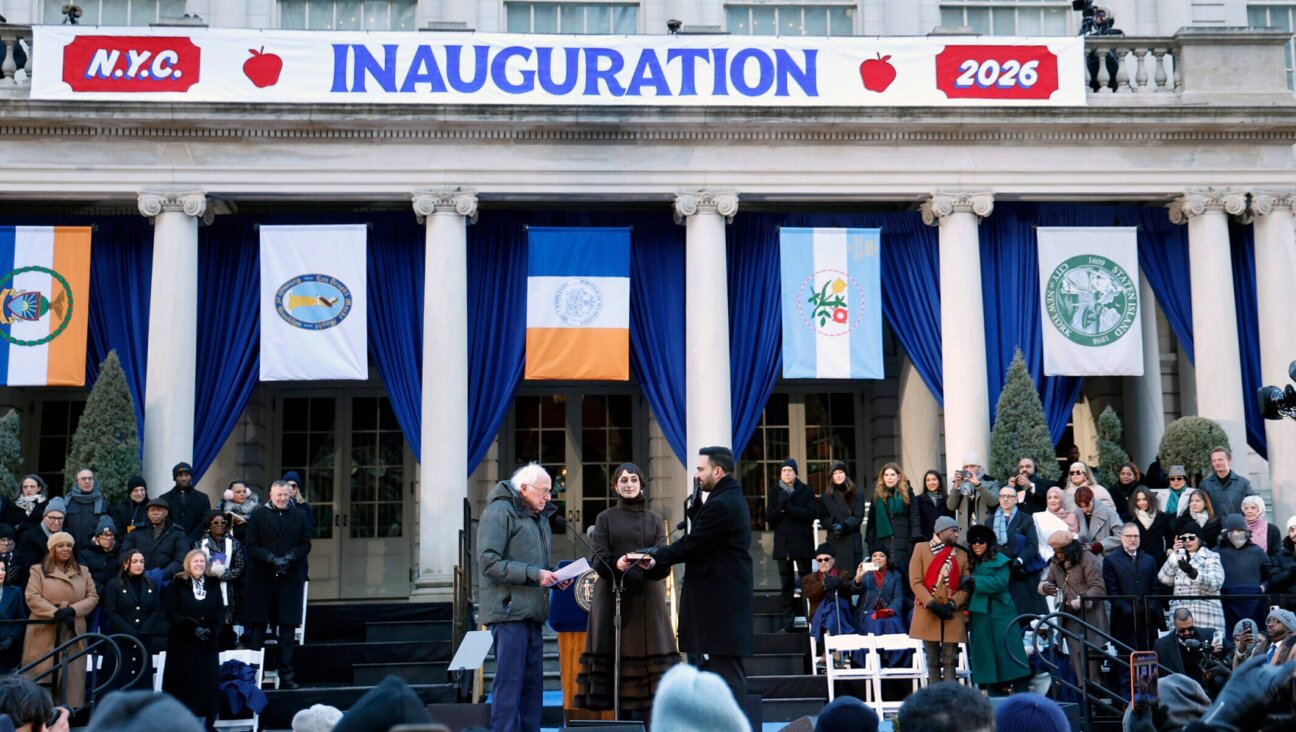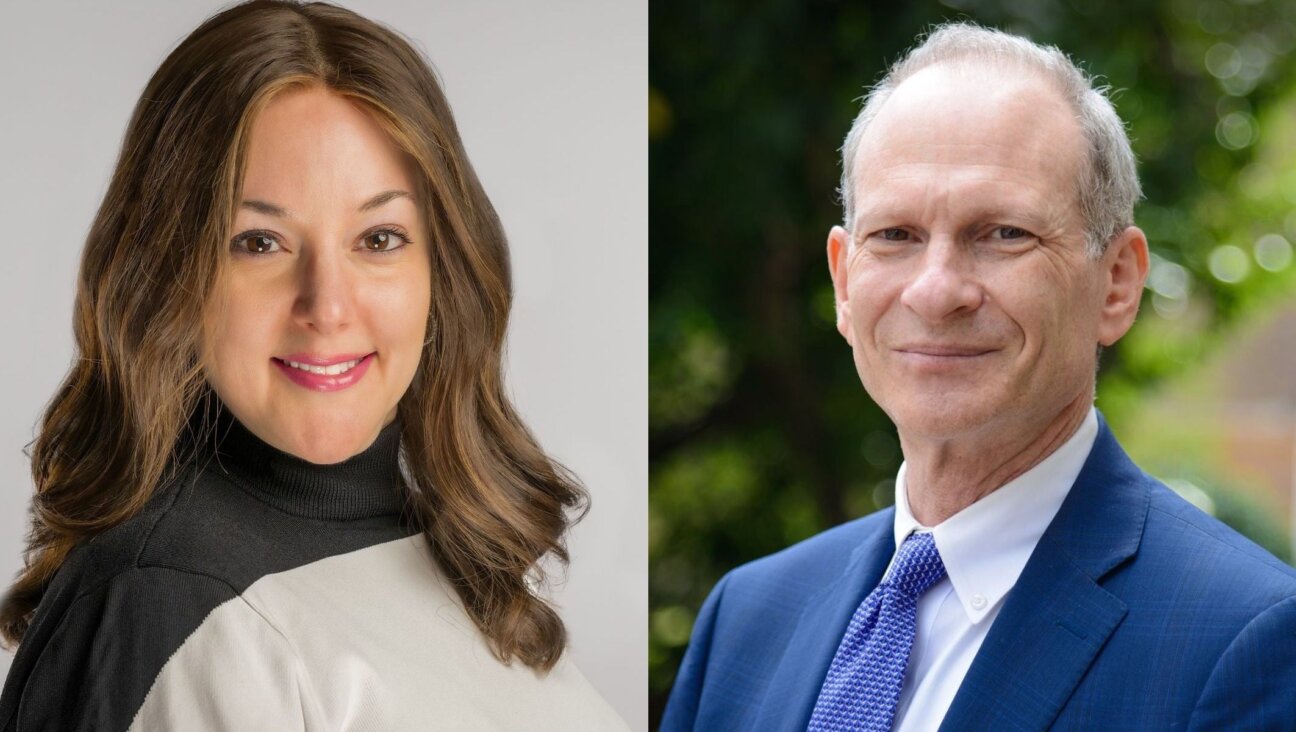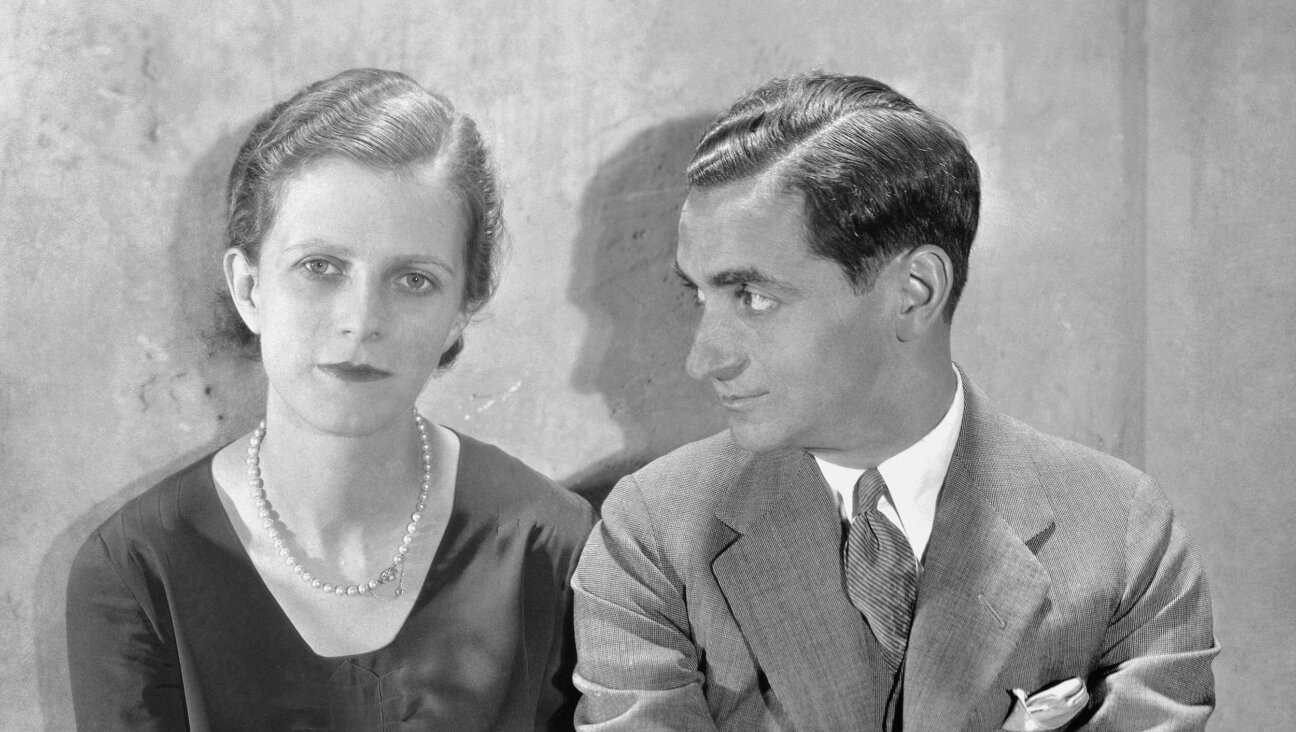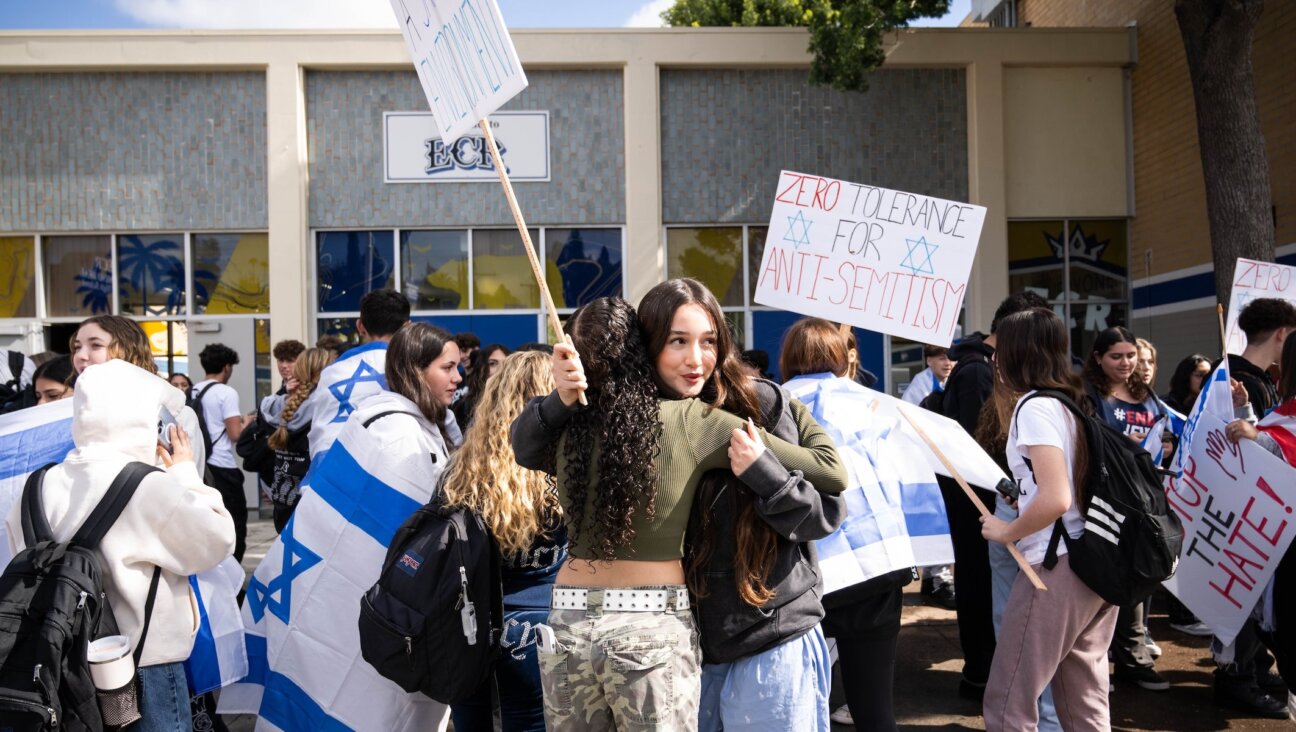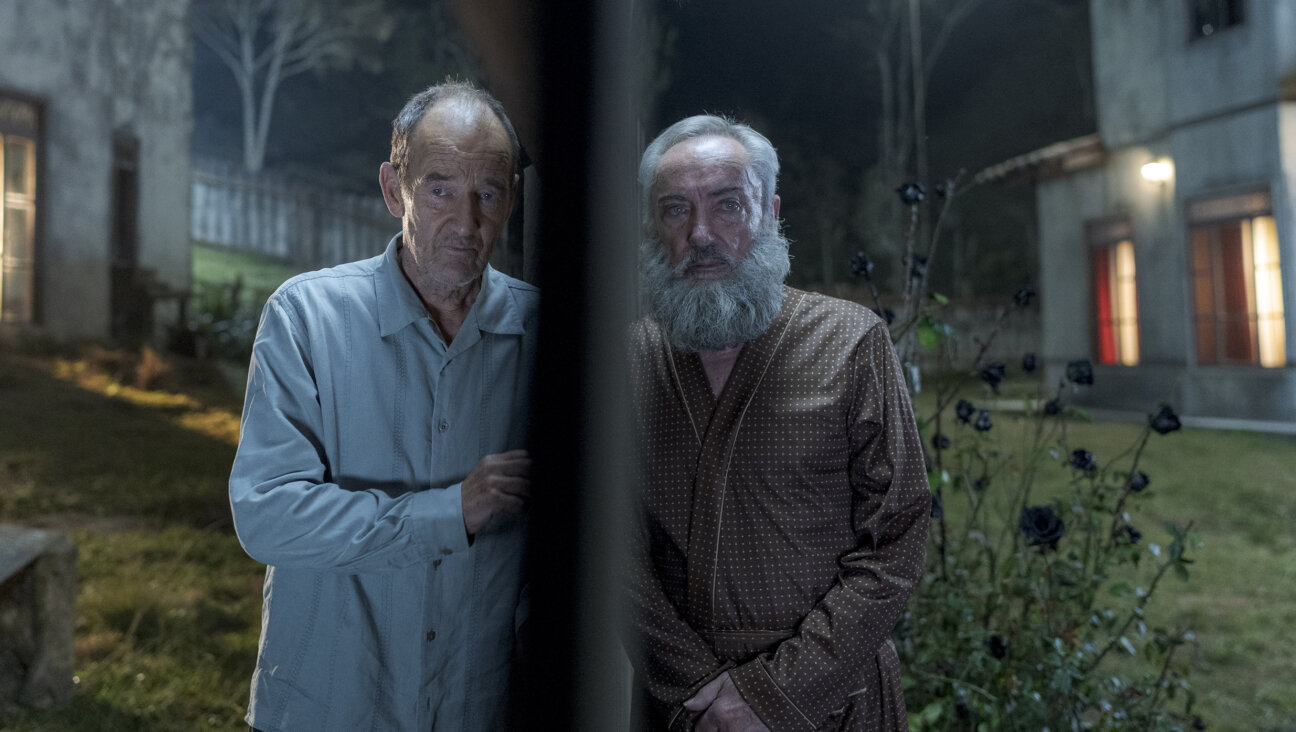Converts Who Changed the Church

50 Years Ago: Vatican II changed the Vatican?s positions on key issues including the church?s teachings on Jews. Many of the intellectual forces behind the reforms were converts from Judaism. Image by getty images
Fifty years ago this fall, Catholic bishops gathered in Rome for a council that would bring the church “up to date” by making it speak more directly to the modern world. After three years of deliberation, the bishops voted on and accepted statements that permitted the faithful to attend mass in their own languages, encouraged lay reading of scripture and entreated Catholics to think of other religions as sources of truth and grace. The council referred to the church as “people of God” and suggested a more democratic ordering of relations between bishops and the pope. It also passed a statement on non-Christian religions, known by its Latin title, Nostra Aetate (“In our times”). Part four of this declaration, a statement on the Jews, proved most controversial, several times almost failing because of the opposition of conservative bishops.
Nostra Aetate confirmed that Christ, his mother and the apostles were Jews, and that the church had its origin in the Old Testament. It denied that the Jews may be held collectively responsible for Jesus Christ’s death, and decried all forms of hatred, including anti-Semitism. Citing the Letter of St. Paul to the Romans, Nostra Aetate called the Jews “most beloved” by God. These words seem commonsensical today, but they staged a revolution in Catholic teaching.
Despite opposition from within their ranks, the bishops knew that they could not be silent on the Jews. When the document stalled in May 1965, one of them explained why they must push on: “The historical context: 6 million Jewish dead. If the council, taking place 20 years after these facts, remains silent about them, then it would inevitably evoke the reaction expressed by Hochhuth in ‘The Deputy.’” This bishop was referring to German playwright Rolf Hochhuth’s depiction of a silent and uncaring Pius XII in the face of the Holocaust. That was no longer the church these bishops wished to live in.
The problem was, they had possessed no language of their own with which to break the silence. More than most academic disciplines, theology is a complex thicket with each branch guarded by a prickly coterie of experts. Those wanting to grasp the complexities of the church’s relations to Jews had to study eschatology, soteriology, patristics, Old and New Testament, and church history through all its periods. The bishops thus found themselves relying on tiny groups of experts who had cared enough to amass the unusual intellectual qualifications for this task.
As I discovered while researching my recently published book, “From Enemy to Brother: The Revolution in Catholic Teaching on the Jews, 1933–1965,” these experts did not begin their work in the 1960s. From outposts in Austria and Switzerland, several had tried to formulate Catholic arguments against anti-Semitism under the shadow of Nazism three decades earlier. They were as unrepresentative of Catholicism as one can imagine. Not only were they, Central Europeans, brave enough to stand up to Hitler when it counted, but they mostly had not been born Catholic. The Catholics who helped bring the church to recognition of the continuing sanctity of the Jewish people were converts, many of them from Jewish families.
Most important was Johannes Oesterreicher, born in 1904 into the home of the Jewish veterinarian Nathan and his wife, Ida, in Stadt-Liebau, a German-language community in northern Moravia. As a boy, he took part in Zionist scouting and acted as elected representative of the Jews in his high school, but then, for reasons that remain inexplicable (he later said he ”fell in love with Christ”), Oesterreicher took an interest in Christian writings (Cardinal Newman, Kierkegaard and the Gospels themselves), and under the influence of a priest later martyred by the Nazis (Max Josef Metzger) he became a Catholic and then a priest. In the early 1930s he took over the initiative of the Diocese of Vienna for converting Jews, hoping to bring family and friends into the church. In this his success was limited. Where he had an impact was in gathering other Catholic thinkers to oppose Nazi racism. To his shock, Oesterreicher found this racism entering the work of leading Catholic thinkers, who taught that Jews were racially damaged and therefore could not receive the grace of baptism. His friends in this endeavor included fellow converts like philosopher Dietrich von Hildebrand and the theologian Karl Thieme and political philosopher Waldemar Gurian. In 1937, Gurian, Oesterreicher and Thieme penned a Catholic statement on the Jews, arguing, against the racists, that Jews carried a special holiness. Though it constituted orthodox teaching, not a single bishop (let alone the Vatican) signed on.
Oesterreicher escaped Austria when the Nazis entered, in 1938, and continued work from Paris, broadcasting German-language sermons into the Reich, informing Catholics that Hitler was an “unclean spirit” and the “antipode in human form,” and describing Nazi crimes committed against Jews and Poles. In the spring of 1940 he barely eluded an advance team of Gestapo agents, and via Marseille and Lisbon he made his way to New York City and ultimately Seton Hall University, where he became the leading expert on relations with Jews in America’s Catholic Church.
Oesterreicher gradually abandoned his “missionary” approach to the Jews and increasingly called his work ecumenical. He and like-minded Christians tried to figure out how to ground their belief in continued vocation of Jewish people in Christian scripture. If the battle before the war was against the superficial assumptions of Nazi racism, after the war it took aim at the deeply rooted beliefs of Christian anti-Judaism. In the former period, the converts argued that, yes, Jews can be baptized. In the second period, even if they continued to believe that Jews must be baptized to escape the curse of rejecting Christ, these thinkers began pondering the nature of the supposed curse.
If history was a series of trials sent to punish the Jews for failing to accept Christ, then what meaning did Auschwitz have? Were the Nazis instruments of God’s will, meant to make the Jews finally turn to Christ? To answer yes to this question was obscene, but it was the only answer Catholic theology provided as of 1945. In the years that followed, the converts had to stage a revolution in a church that claimed to be unchanging. They did so by shifting church teaching to Paul’s letter to the Romans, chapters 9–11, where the Apostle, without speaking of baptism or conversion, proclaims that the Jews remain “beloved of God” and that “all Israel will be saved.”
Like Oesterreicher, the thinkers who did the intellectual work that prepared this revolution were overwhelmingly converts. Soon after the war, Thieme joined with concentration camp survivor Gertrud Luckner to publish the Freiburger Rundbrief in southwest Germany, where they made crucial theological breakthroughs on the path to conciliation with the Jews. In Paris, the Rev. Paul Démann, a converted Hungarian Jew, began publishing the review Cahiers Sioniens and, with the help of fellow converts Geza Vermes and Renée Bloch, refuted the anti-Judaism in Catholic school catechisms.
In 1961, Oesterreicher was summoned for work in the Vatican II committee tasked with the “Jewish question,” which became the most difficult issue to face the bishops. At one critical moment in October 1964, priests Gregory Baum and Bruno Hussar joined Oesterreicher in assembling what became the final text of the council’s decree on the Jews, voted on by the bishops a year later. Like Oesterreicher, Baum and Hussar were converts of Jewish background.
They were continuing a trend going back to the First Vatican Council in 1870, when the brothers Lémann — Jews who had become Catholics and priests — presented a draft declaration on relations between the church and Jews, stating that Jews “are always very dear to God” because of their fathers and because Christ has issued from them “according to the flesh.” Without converts to Catholicism, it seems, the Catholic Church would never have “thought its way” out of the challenges of racist anti-Judaism.
The high percentage of Jewish converts like Oesterreicher among Catholics who were opposed to anti-Semitism makes sense: In the 1930s they were targets of Nazi racism who could not avoid the racism that had entered the church. In their opposition, they were simply holding their church to its own universalism. But by turning to long-neglected passages in St. Paul’s letter to the Romans, they also opened the mind of the church to a new appreciation of the Jewish people.
What were the impulses behind their engagement after the war? In a generous review of my book in The New Republic, Peter Gordon suggests that the converts’ willingness to advocate for the other was driven by a concern for the self. They had retained a sense of themselves as Jews even in the Catholic Church. Gordon reminds us of Sigmund Freud’s skepticism about the possibility of love of other. True love, Freud believed, “was always entangled with narcissism: it is not the other whom I love but myself, or at least it is only that quality in the other which resembles me or resembles the person I once was.” Yet in Oesterreicher we see an enduring solidarity with the community that once was his, most immediately his family. In 1946 he pondered the fate of his father, who had died of pneumonia in Theresienstadt (his mother was later murdered at Auschwitz). Contrary to the ancient Christian idea that there is no salvation outside the church, Oesterreicher did not despair for his father. Nathan Oesterreicher had been a just man, to whom the “beatitude of the peacemakers applied.” If Oesterreicher, the son, had been a true narcissist, he might have rested content in the belief that he was saved through baptism. Yet intense love and longing for his Jewish father began opening Oesterreicher’s mind to the possibility that Jews could be saved as Jews.
The lasting gift of the converts who helped rewrite Catholic teaching on the Jews was to extend their familial sense of solidarity to us, to Jews and Christians. In 1964, Oesterreicher personally crafted that part of Nostra Aetate according to which the church no longer speaks of mission to the Jews, but looks forward to the day when all “peoples will address the Lord in a single voice and ‘serve him shoulder to shoulder.’” (The last phrase is taken from Zephaniah 3:9.) With this new teaching, the church gave up the attempt to turn the other into the self, and after this point Catholics involved in Christian-Jewish dialogue tend not to be converts. They live out of the new understanding that Jews and Christians are brothers. The converts crossed a border to the other while in some deep sense remaining themselves, but by recognizing the legitimacy, indeed the blessing, of our differences, they helped bring down a wall separating Jews and Christians.
John Connelly is professor of history at the University of California, Berkeley, and the author of “From Enemy to Brother: the Revolution in Catholic Teaching on the Jews, 1933-1965,” (Harvard University Press,2012).
